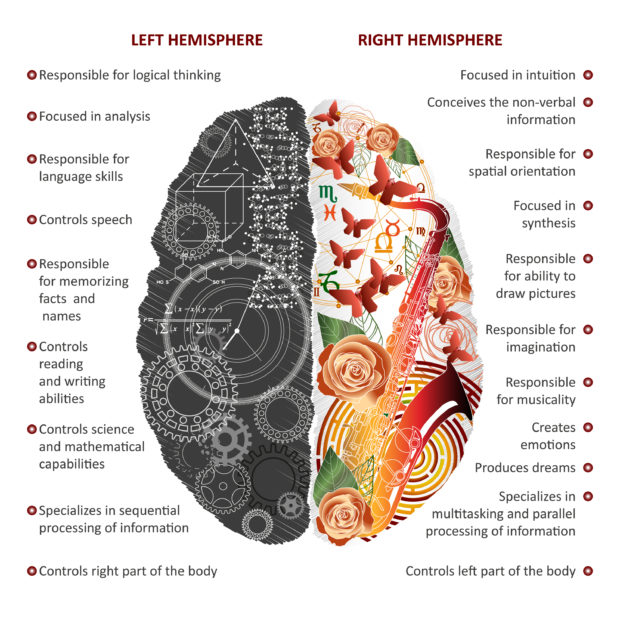One thing that humans have that no other animal has is our large brains.
Sure, all animals have brains, but none have a big brain.
Big compared to our body size.
It’s so big, that we humans are born WAY LESS than fully formed.
Compared to all the other animals, we spend a much higher percentage of our lives in childhood.
Even nowadays, with modern technology, having and raising a kid is a HUGE decision.
Just imagine what it was like back in the caveman days.
Raising kids took just as much time and resources, but it was way more dangerous.
This means our big brains have to have a HUGE benefit.
Just from a calorie standpoint, our brains burn a lot of calories per weight, compared to the rest of our bodies.
But from a hunter-gatherer standpoint, have such resource intensive kids meant that overall, our brains are worth a LOT.
What could the reason be?
Some say tool making.
Some say language.
Some say our brain is the human version of a peacock’s tail.
A tool that signifies sexual health.
Some say it helps us to plan and strategize.
But one skill that covers all these things (tools, language, spitting game, telling stories, planning and strategizing, etc.) is the ability to hallucinate.
Meaning the one “meta skill” our brain does is think about complicated ideas and concepts that DON’T EXIST.
You can get a group of people together to talk about abstract ideas that won’t exist for years.
When they plan buildings, when they come up with movie plots, when we get together to worship or pray.
This all requires being able to think of things that we cannot experience directly.
One could say that how well you can hallucinate will determine how successful you’ll be.
Everything requires some kind of hallucination.
Abstract thinking and planning.
Now, we normally don’t call it “hallucinating,” that’s what crazy people do, right?
But what else would you call planning your career?
Imagining abstract things in the future that haven’t happened yet.
To plan several futures (which what we do with EVERY decision) we HAVE TO hallucinate.
We have to compare various hallucinations to see which one is best.
So if you want to practice the meta-human-skill, practice hallucinating.
How do you do that?
Like This:









